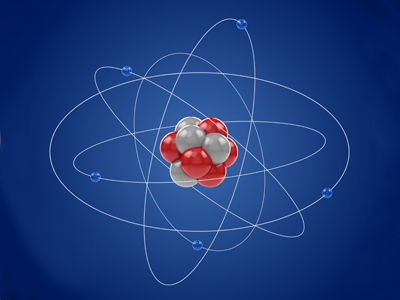
Atomic Structure 1
This Chemistry quiz is called 'Atomic Structure 1' and it has been written by teachers to help you if you are studying the subject at high school. Playing educational quizzes is a user-friendly way to learn if you are in the 9th or 10th grade - aged 14 to 16.
It costs only $12.50 per month to play this quiz and over 3,500 others that help you with your school work. You can subscribe on the page at Join Us
The study of atomic structure forms a major part of Chemistry in high school. This includes many aspects such as the sub-atomic particles (protons, neutrons and electrons) and their arrangement within the atoms of different elements; atomic mass; atomic number; positive and negative charge; the nucleus; energy levels or electron shells - to name but a few!
The mass number shown in the Periodic Table is an average of the mass of the isotopes
Ready for more?
not all...
quizzers. Try to win a coveted spot on our Hall of Fame Page.







